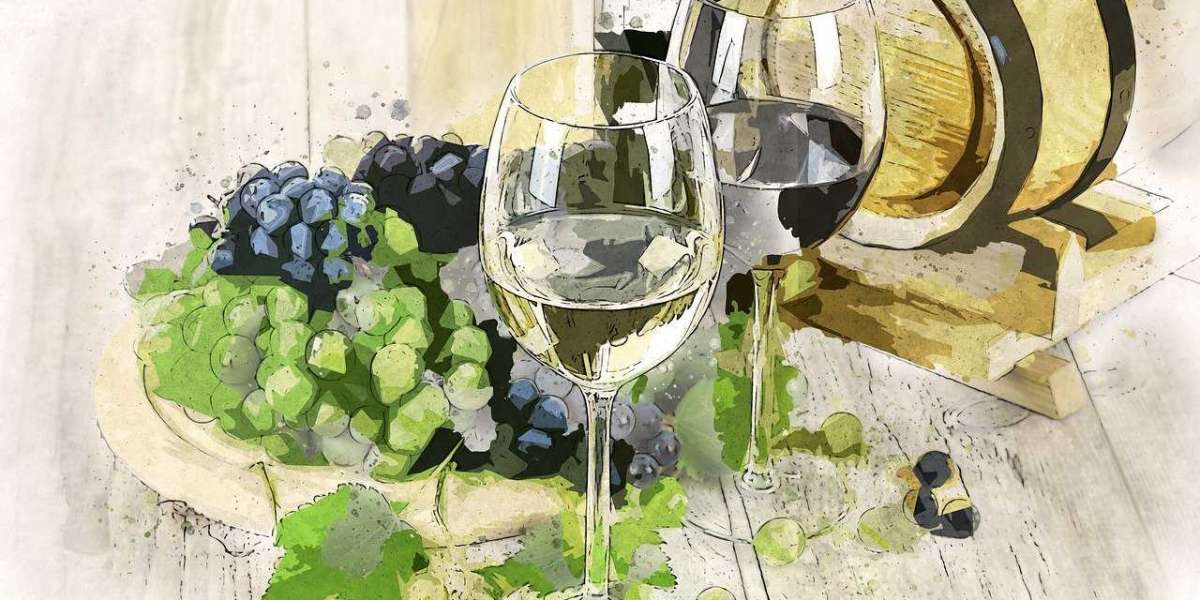If you love to entertain friends, a wine cellar can be a great addition to your home. It will allow you to keep your collection and host wine tasting parties.
A wine cellar is a cool, dark space where you can store your wines. It should be insulated and have a door that seals tightly.
Cost
The cost of a wine cellar will depend on the size and scope of your project. Larger cellars will require more materials and labour, leading to higher costs. Other factors that will influence the cost include wall renovation requirements and flooring. Walls of a wine cellar need to be properly insulated and sealed to prevent moisture, which can ruin your wines. Flooring options vary in price and material, but concrete is the most ideal. Vinyl, ceramic tile, and hardwood are all viable choices as well.
The type of cooling system you choose will also impact the cost. A basic through-the-wall system will be the cheapest option, while a split or ducted system will increase your costs. You can also add a dehumidifier to the room if necessary.
Many cellar are built solely for storage purposes, but you can also have them designed to be a showpiece in your home. Talk to your builder about incorporating glass doors and unique rack options to make your cellar more visually appealing.
Building a wine cellar during the construction of your home can save you money. This will allow you to take advantage of the lower prices associated with new homes and will also save time, as you won’t need to worry about tearing down walls or making changes later on. It is always best to meet with a qualified contractor and obtain a detailed estimate before moving forward.
Space
While the size of a wine cellar depends on how much you drink and your personal preference for how many bottles to store, you can also consider other factors when planning your space. For example, your cellar may need to accommodate your furniture if you intend to use it as an entertainment room. You can also need extra storage for wine accessories such as decanters, glasses and bottle openers.
A wine cellar is typically located in a basement or another underground area, where the ground helps regulate the temperature. The space should be cool and dark, and the ideal humidity range is between 45 and 65 percent. This environment is ideal for aging wines and maintaining their quality. While it is not possible to construct a completely passive cellar, most modern cellars use mechanical cooling units to get as close to this ideal as possible.
If you have to store your wine in a less than optimal space, you can still create a beautiful cellar. For example, a garage or storage shed might work as long as it is not used for anything else. Otherwise, strong substances like petrol and heavy duty cleaners could permeate the corks and cause unpleasant odors in your wine. If you are storing your wine in one of these spaces, it is recommended that you install a vapor barrier and a dehumidifier.
Design
A wine cellar is more than just a cool, dark space to store your bottles. It needs to be carefully designed for the specific way you plan to use the room. This will guide the racking and cabinetry design, as well as the selection of storage for single bottle, full cases, or large format bottles. It will also determine how much capacity you need.
Choosing the right floor, walls, and ceiling finishes is also important. While you may be tempted to choose a faux stone or wood for a more rustic look, these materials require careful planning and must be suitable for humid conditions. They must be durable and resistant to mold. A vapor barrier is also important to avoid condensation and humidity, especially if the wine cellar shares walls with rooms that are warmer.
Many homeowners are opting for glass walls to allow dramatic views of their collections. This can be challenging, however, in terms of energy efficiency and filtration of damaging ultraviolet light. Tempered, double-paned insulated glass with low-E coatings can help.
If you're building a cellar from scratch, you'll need to choose the appropriate construction materials. For example, 2x6 framing is recommended, since it will increase energy efficiency and allow the installation of thicker insulation. You should also choose moisture-resistant drywall, such as DensArmor or green board.
Purpose
A cellar is not only an ideal way to store your wine, but also a status symbol. It can increase your home’s resale value and allow you to enjoy wines that have reached their peak quality. It can even help you develop your taste for different kinds of wines.
The four basic elements that must be managed to elongate the life of a wine are position, light, temperature and humidity. In addition, it is important to avoid any vibrations and jarring of the bottles in the cellar. The vibrations can disturb the sediment that forms inside a bottle, and they can damage the aroma of the wine.
Cellars can be built into existing rooms or constructed as an independent space. However, they should be well insulated and sealed to prevent the transfer of heat or cold. A good cellar should have a thermometer and hygrometer to monitor temperature and humidity. A vapor barrier is also necessary to prevent moisture, which can ruin the wine.
When building a cellar, it is advisable to use double-pane glass for insulation. This will prevent odors from entering the cellar. In addition, food items and other odorous products should not be stored in the cellar or in close proximity to it. This will preserve the air quality and prevent the growth of molds, which can spoil the wine.







